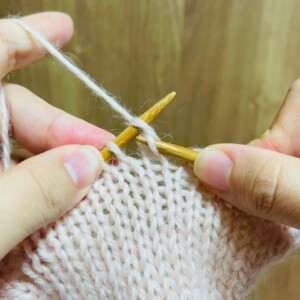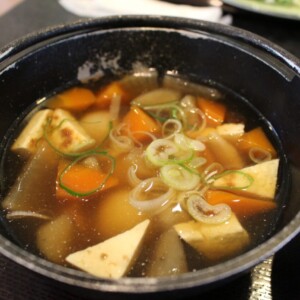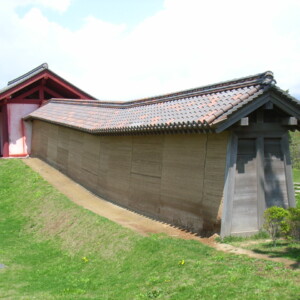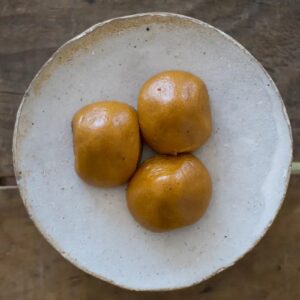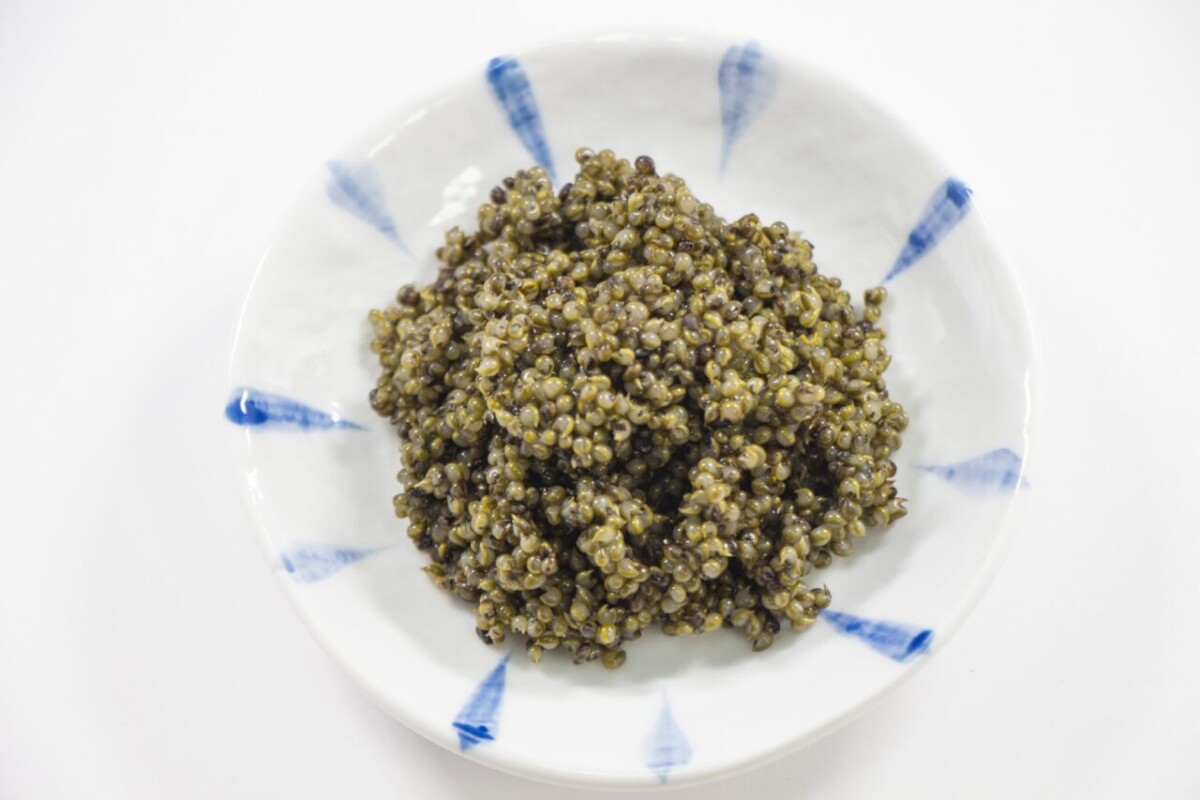
Is Tonburi, a traditional Akita vegetable, effective for dieting? Detailed explanations from nutritional value to recipes
table of contents
Tonburi is a "Tang-inspired version similar to bricco (hatahata egg)," and is a food that is widely popular among Akita residents due to its appearance and texture, which is also known as caviar in the field.
In this article, we will explain in detail everything from the nutritional value of tonburi to recommended recipes.
What is Tonburi?
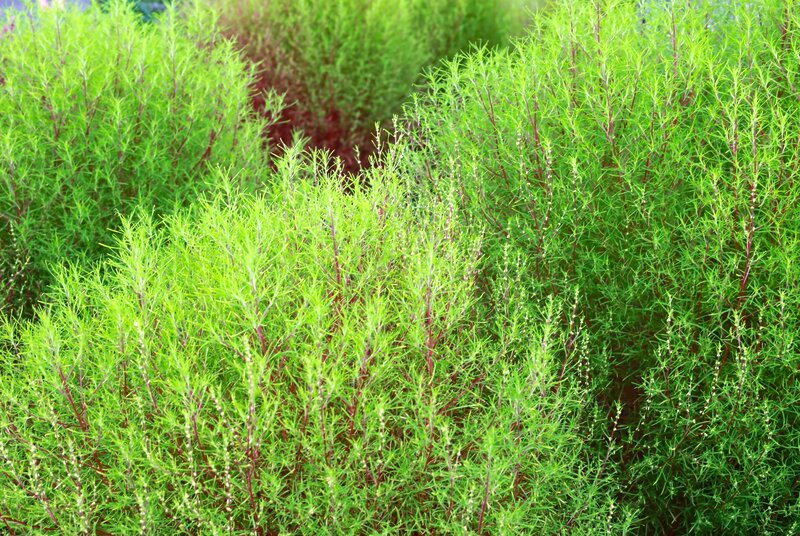
a mature fruit of the broom an annual plant of the Bascia family , and is harvested from September to October, and is often eaten as a traditional vegetable in Akita.
Because of its appearance and texture, it is called "the cub of land" and "the caviar of the field." The Chinese herbal name Jifushi , and is sometimes used as a tonic and powerful medicine.
Odate Tonburi also famous among the tonburi , but this is one of the tonburi brands, and when it comes to rice, it is like a branded rice. With its refreshing taste and texture, it can be said that it is a vegetable that is easy for children to eat from the elderly.
By the way, "Boukigi" is the Japanese name, and its other name is "Kocia .

that's right. The "tonburi" is the mature fruit of that Kochia.
It is named after the Japanese name "Broomgia" because it used to be dried stems on brooms in the past, and is a plant commonly known as "Kocia" for gardening and viewing purposes.
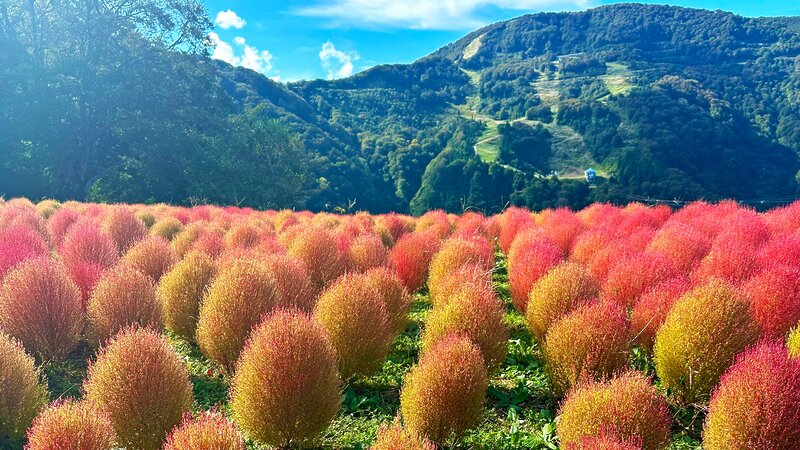
Nutritional value of tonburi
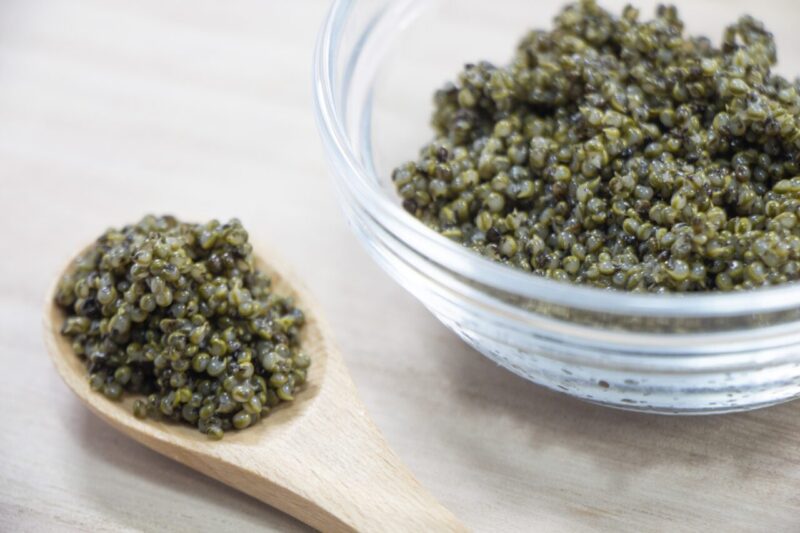
Tonburi is often compared to quinoa, which is recommended as a multigrain superfood by the Japan Superfood Association, but what kind of nutritional ingredients does it contain?
When you search for tonburi in the Ministry of Education, Culture, Sports, Science and Technology's Food Ingredients Database, it is noticeable that it contains 6.1g of protein per 100g
According to the "Japanese Dietary Intake Standards" revised by the Ministry of Health, Labor and Welfare in 2020, it is recommended to aim for protein intake of 65g for adult men and 50g for adult women. If you are concerned about this, it would be a good idea to actively eat tonburi.
Tonburi is also a good food for beauty as it contains 7.1g of dietary fiber
It may be easier to incorporate it into your breakfast by adding one more side dish, such as adding tonburi to a small bowl of grated yam.
Reference: Ministry of Education, Culture, Sports, Science and Technology “Food composition database”
Reference: Ministry of Health, Labor and Welfare “Dietary Intake Standards for Japanese People (2020 Edition)”
Reference: Japan Superfood Association “Recommended Superfood Items”
Recommended tonburi recipes
Here are some recommended recipes using tonburi.
If you search on the recipe site Cookpad, as of May 2022, whitebait and green onion bowls are popular, and 416 recipes are displayed.
You can also replace this green onion with tonburi and add fried egg to make it delicious, so let's make a bowl of whitebait, tonburi, and fried egg.
Ingredients (for 1 person)
- Rice (1 bowl)
- Whitebait (appropriate amount)
- Egg yolk (1 piece)
- Tonburi (same amount as whitebait)
- Fried egg (same amount as whitebait)
- Mentsuyu (1 serving)
How to make
- After preparing the freshly cooked rice, serve it in a bowl.
- Arrange the shirasu, tonburi, and fried eggs neatly on top of the rice, covering 1/3 of each.
- Place in the center, being careful not to break the yolk.
- Finish by swirling the mentsuyu around.
Many people may feel that just shirasu and tonburi is too light and unsatisfactory, but by adding fried eggs, this recipe gives it a hearty feel.
If you don't have enough, we recommend replacing the bowl with a donburi and gradually increasing the amount of shirasu, tonburi, or fried egg you put on top.
Try mixing the shirasu, tonburi, fried egg, and egg yolk together just before eating to make it even more delicious.
summary
Tonburi is a traditional Akita vegetable, and it is known as ``herring roe of the land'' and ``caviar of the field'' because of its appearance and texture, and it has been loved by the people of Akita Prefecture for a long time.
It is a delicious and nutritious vegetable, so if you are interested, please try incorporating it into your diet.


![What is Chorogi? Detailed explanations from cultivation methods to the meaning of adding it to New Year's dishes [Akita Prefecture] 2439427_m](https://jp.neft.asia/wp-content/uploads/2022/05/2439427_m-150x150.jpg)
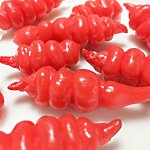
![What is Akita's famous sake, "Four Seasons of the Shirakami Mountains"? Japanese sake born in Daisen City, even the residents of the prefecture don't know much about [Akita Prefecture] 23836307_m](https://jp.neft.asia/wp-content/uploads/2021/12/23836307_m-150x150.jpg)






